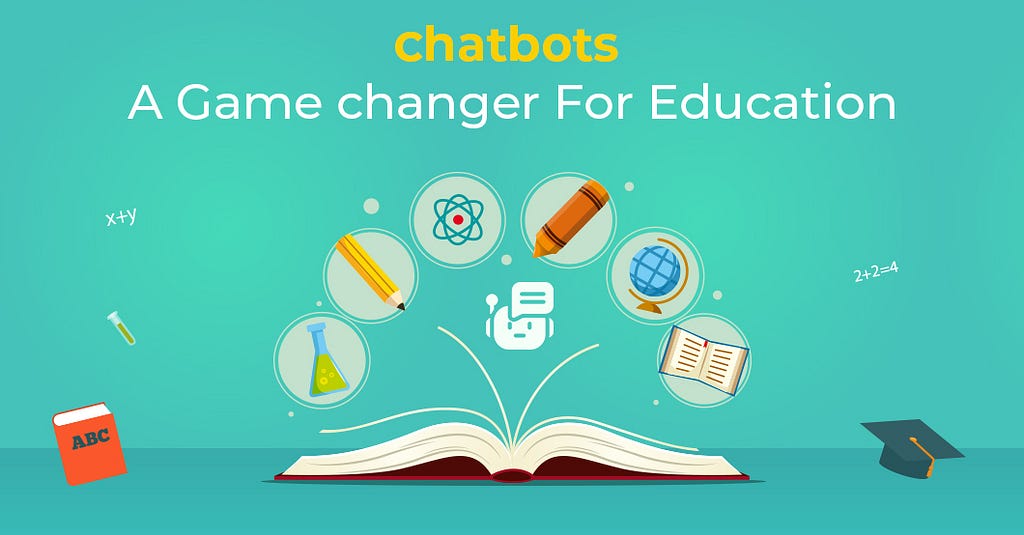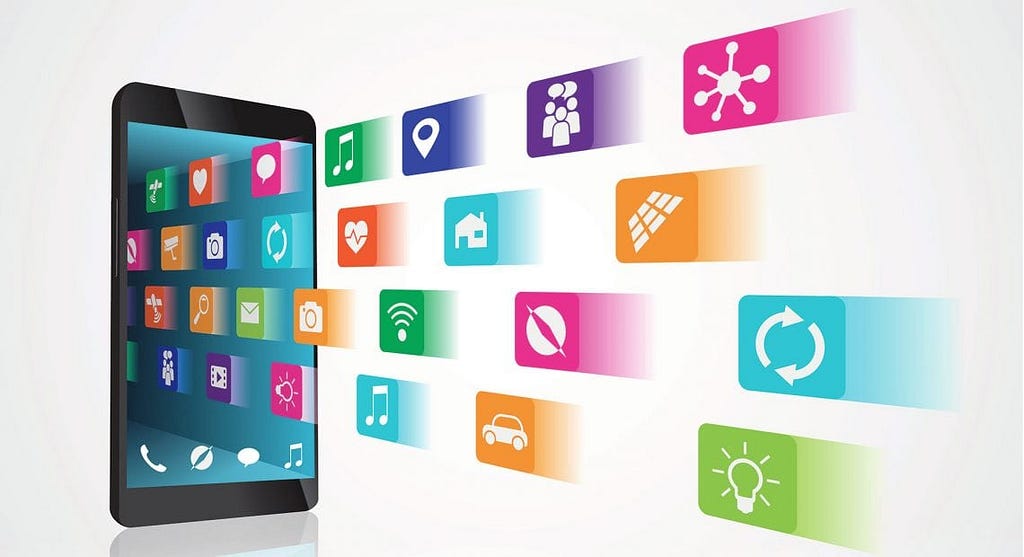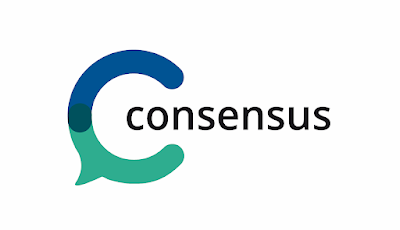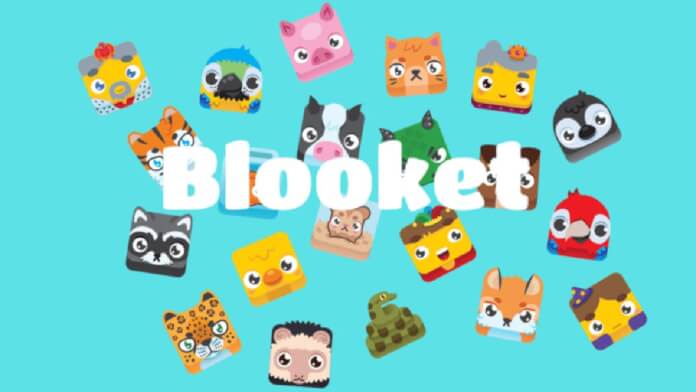The educational sector has undergone massive changes post the proliferation of internet services in learning.It will not be an exaggeration to say that they have completely changed the way students of all ages study, and the overall landscape of...

The educational sector has undergone massive changes post the proliferation of internet services in learning.
It will not be an exaggeration to say that they have completely changed the way students of all ages study, and the overall landscape of education has evolved for good.
With Education App Development Companies coming in, there are a host of online educational mobile apps for readers of every age. Schools also recommend online educational mobile app these days to reinforce and supplement in-class sessions.
Research suggests that the size of educational mobile apps is going to rise by CAGR of more than 27% by 2022, which marks it as one of the fastest-growing segments in mobile apps.
Home-grown apps like StuDocu and Byju have also witnessed exemplary growth in the last five years and is turning out to be the primary source of learning outside classes for all kinds of courses.
Some Factors That Govern the Impact of a Session, Online, as Well as In-Class, Are:
1. 360-degree view of the overall subject?—?Teachers who leave open ends while teaching often leaves students confused.
When a person learns, they develop a mind-map of the concept. When the mind map is incomplete, learning is fraught with confusion.
2. Manner of Teaching?—?Some teachers have a habit of giving interesting examples to teach. Some others make learning extraordinarily interactive and fun.
3. Engagement?—?When students engage themselves during the session, they tend to learn better.
4. Feedback?—?A student remembers positive as well as negative feedback. Research suggests that feedbacks help reinforce a person’s mind-map. Examinations are the traditional feedback mechanism; in the case of app- based learning, they are online assessments.
The solutions that are currently available in the market rely on coded content, embedded videos, and paid manual support to enhance the teaching experience.
This is a gap that is still unaddressed and also a massive opportunity for improvement and innovation in the sector.
Quality of content in training may be excellent, but it can never replace that component of personal approval that a learner seeks to reinforce their mind-map.
Online mobile education is just a supplement and not a replacement to in-person education due to these very reasons in the present scenario.
Chatbots are an artificial intelligence-based solution that relies on natural language processing and native language generation to address certain aspects that existing mobile apps are missing, for e.g., Instagram bot.
Chatbots act as an online representative that may answer some of your questions.
The best success story about chatbots in present times is their usage by financial organizations to address specific client requests without having to call or visit a branch.
The chatbots are also widely used in scenarios that have intensive use cases developed traditionally. The reason is that they rely heavily on historical data and the flow of conversation.
An advanced version of a chatbot is Amelia that has received a lot of acceptance across domains.
Chatbot uses the Robotic Process Automation methodology in tandem with natural language processing to provide better customer experience while also gathering useful insights for the provider.
Now, coming back to the education sector where a real-life human teacher imparts its learnings to pupils through innovative methods and further reinforces it by asking and answering questions, a chatbot might work like magic.
To Base This Claim, Let Us Compare the Gaps in Educational Apps and Chatbot Offerings

1. 360-Degree View: A trainer uploads a video of an exhaustive lecture to explain a concept. The difference comes when a student is faced with a doubt that they cannot ask anyone online.
The chatbot window pops up and asks?—?what can I do for you today? The AI-based tool has already recorded the current context to answer the question.
This tool has trained on this particular topic through training datasets having a size of several terabytes and has most likely developed a good understanding.
If not able to answer, it says?—?“I am sorry, but you may have to reach out to an expert on this.” Voila! That is how we upsell.
2. Teaching Method?—?During the course, the chatbot seeks student feedback. The student shares feedback, and the chatbot utilizes its intelligent system to suggest?—?Would you like to refer courses from another faculty? Would you like to change the language mode?
The student can have a better learning experience than it would have had earlier. If the student is not satisfied with the resolution, chatbot connects him to a manual expert again.
3. Engagement?—?The student is faced with doubt in the middle of the training. He types the same in the chatbot that is present to the right side of the training window.
The chatbot utilizes its expansive knowledge in this context to answer and also suggests additional training to further brush up on the concepts.
The student can clarify small doubt without having to google into more pages?—?a straight cut method to retain student attention and reinforce learning with zero confusions.
4. Feedback?—?At the end of the course, the student is asked to give a small test to check his understanding. Unlike a traditional MCQ window, the questionnaire is administered by the chatbot.
When a student provides the wrong answer, it explains the reason why this answer is wrong and the best way to approach such questions for future references.
Once the training ends, it gives a final score and uses its intelligent model to suggest more courses to strengthen the student’s learning.
Using chatbot enables the consumer to have a better experience and also allows the provider to receive better feedback on their courses.
Chatbots can also be offered to students to connect with them on a personal level and counsel them on things that are bothering them or making individual decisions.
Benefits That a Chatbot Can Offer in Educational Mobile Apps
 Answering questions that a child may not be able to ask in a classroom setting due to peer pressure and fear of mocking by teachers and friends.Slow learners can attend the same training multiple times and keep brushing up on doubts and confusion to get at par with others.Fast learners can seek chatbot recommendations to understand what courses they may take next instead of waiting for it in classrooms. They can also ask questions such as the topics that can enable them to grow in a specific area of interest or training module to answer particular questions.Students at the tender age can rely on the chatbot to seek answers that may not have been addressed by their parents or teachers.Students who have a habit of asking too many questions can happily tinker with the chatbot to satisfy those inquisitive pangs now and then.Customization of chatbot will enhance the comfort level and engagement of the student at every age.A chatbot can turn to be a personal counselor to children at a crucial stage that may decide how they may develop their careers.A chatbot can be a personal assistant that helps the child plan their courses to complete all topics before the d-day.A chatbot can seek student feedback through the click of a button for improvements. It can also be used to design the student profile to guide them in the best way possible.
Answering questions that a child may not be able to ask in a classroom setting due to peer pressure and fear of mocking by teachers and friends.Slow learners can attend the same training multiple times and keep brushing up on doubts and confusion to get at par with others.Fast learners can seek chatbot recommendations to understand what courses they may take next instead of waiting for it in classrooms. They can also ask questions such as the topics that can enable them to grow in a specific area of interest or training module to answer particular questions.Students at the tender age can rely on the chatbot to seek answers that may not have been addressed by their parents or teachers.Students who have a habit of asking too many questions can happily tinker with the chatbot to satisfy those inquisitive pangs now and then.Customization of chatbot will enhance the comfort level and engagement of the student at every age.A chatbot can turn to be a personal counselor to children at a crucial stage that may decide how they may develop their careers.A chatbot can be a personal assistant that helps the child plan their courses to complete all topics before the d-day.A chatbot can seek student feedback through the click of a button for improvements. It can also be used to design the student profile to guide them in the best way possible.Things You Need to Take Care for Ensuring That Chatbots Can Add Value to the Existing Offerings
Training and language model should be robust and exhaustive. A poorly trained system is even worse for a student than no chat support. Reason being that it may confuse children or portray the entire app solution as flawed and inefficient.The chatbot should not slow down the overall system. Integrating a chatbot into the existing system should be seamless, so it does not lead to other performance issues in the system.Security is a concern that has to be taken care of at all times. Chatbots should be galvanized against misuse by hackers since they are directly deriving information from the core database to learn from every experience. The chatbot should be able to identify a malicious user and notify the security team.Conclusion
Educational Mobile apps have only touched the tip of the iceberg in terms of value addition and contribution.
Many remote villages across India rely on online education to learn. The introduction of chatbot needs to be such that it percolates to every level of users.
With time and increased penetration, businesses are bound to uncover further innovative ways to enhance the educational experience and make a social difference that they are capable of.
***********************************************
Author Bio:-
Harikrishna Kundariya, a marketer, developer, IoT, ChatBot & Blockchain savvy, designer, co-founder, Director of eSparkBiz Technologies, a Mobile App Development Company. His 8+ experience enables him to provide digital solutions to new start-ups based on IoT & Blockchain
How Chatbots can be a Game Changer for Educational Mobile Apps? was originally published in Chatbots Magazine on Medium, where people are continuing the conversation by highlighting and responding to this story.











